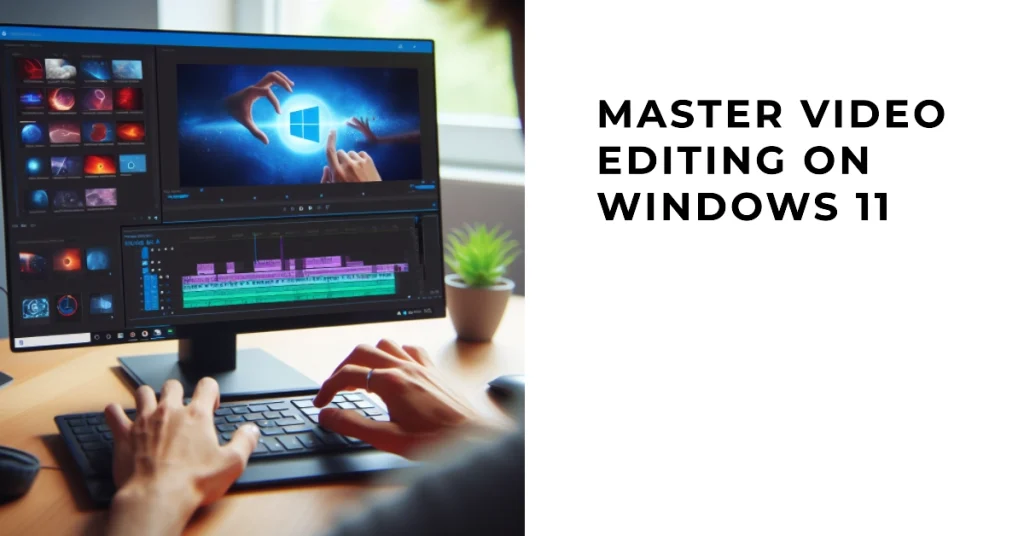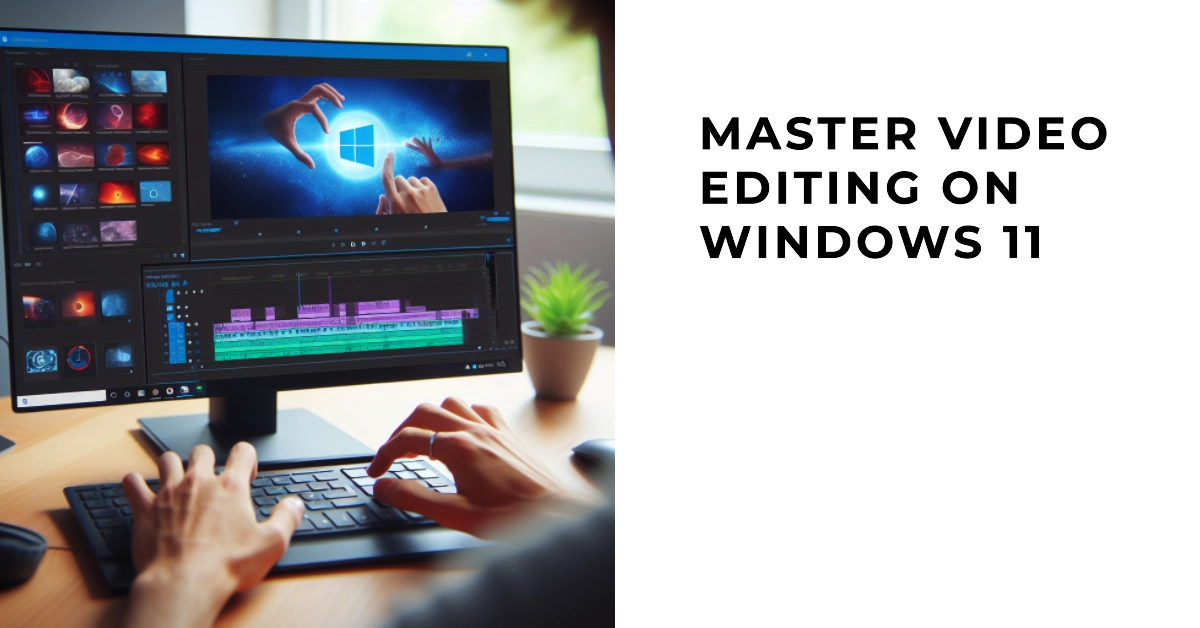Video editing used to be a complex task reserved for professionals. But with the advent of Windows 11 and its built-in video editor, Clipchamp, anyone can now easily create and edit stunning videos.
This comprehensive tutorial will guide you through every step of the process, from importing and trimming clips to adding effects and exporting your finished masterpiece.

Preparing to Edit Videos
- Gather your materials: Before you start editing, ensure you have all your video clips, images, music, and sound effects organized and readily accessible.
- Familiarize yourself with the interface: Open Clipchamp and take some time to explore the interface. Locate the timeline, editing tools, and preview window.
- Import your media: Click the “Add Media” button to import your video clips, images, and audio files into the editor.
Basic Editing Techniques
- Trimming and Cutting:
- Click on a clip in the timeline to highlight it.
- Use the handles at the edges of the clip to trim its beginning or end.
- To cut a clip into two parts, right-click on it and select “Split.”
- You can also use the “Split at Playhead” button to split a clip where the playhead is currently located.
- Arranging Clips:
- Drag and drop clips in the timeline to rearrange their order.
- Use the “Ripple Edit” feature to automatically adjust the timing of subsequent clips when you move or delete a clip.
- Adding Transitions and Effects:
- Click on the “Transitions” tab to choose from various transition effects to smoothen the flow between clips.
- Explore the “Effects” library to find and apply visual effects like filters, overlays, and titles to enhance your video.
- Adjust the duration and intensity of effects using the sliders and settings provided.
- Enhancing Audio:
- Use the audio tools to adjust the volume, fade in/out, and add background music.
- Consider adding voiceovers or narration to further enhance your video’s message.
- Exporting your Video:
- Click on the “Export” button and choose the desired video format, resolution, and quality settings.
- You can also customize the export settings for specific platforms like YouTube or social media.
- Click “Export” and wait for the process to complete.
Advanced Editing Techniques
- Color Correction: Use the color correction tools to adjust the brightness, contrast, saturation, and hue of your video footage.
- Speed Adjustments: Speed up or slow down specific sections of your video to add emphasis or create dramatic effects.
- Green Screen: Utilize the green screen feature to replace the background of your video with different scenes or images.
- Motion Graphics and Animations: Add animated titles, graphics, and overlays to create a more dynamic and engaging video.
Additional Tips
- Work with storyboards: Sketching out your video’s storyline before editing can help you stay organized and focused.
- Back up your work frequently: Save your project regularly to avoid data loss due to unexpected crashes or errors.
- Seek inspiration: Watch professionally edited videos and tutorials to learn new techniques and refine your skills.
- Share your creations: Once you’re happy with your video, export it and share it with the world on social media, YouTube, or other platforms.
Remember, practice makes perfect. The more you experiment and explore the capabilities of Clipchamp, the more confident you’ll become in creating captivating and professional-looking videos.
We hope that with this comprehensive guide and a touch of creativity, you’re well on your way to becoming a skilled video editor on Windows 11.
